In 2005, a decade before he would launch the sustainable sneaker brand Allbirds, Joey Zwillinger realized that climate change was the existential threat facing humanity. As a recent college graduate, Zwillinger wanted to work in the clean energy sector, which forced him to come face-to-face with the data about how poorly humans would fare in an overheated planet. “This was the most important generational problem that we were going to face,” he says.
After six years of working in a biotech startup that created fuel out of algae, Zwillinger decided to turn his attention to finding solutions for the highly polluting fashion industry, and particularly the footwear sector. He had read that 20 billion shoes are produced around the world annually, most of which are made from toxic chemicals and plastic foam. A McKinsey report assessed that fashion and apparel are responsible for more than 8% of the world’s carbon footprint. On top of the greenhouse gases emitted during the manufacturing process, shipping parts around the world in a complex global supply chain precipitates even more air pollution. And then, plastic-based products release greenhouse gases when they break down in landfills. All of this convinced Zwillinger to join forces with his friend Tim Brown on a new venture called Allbirds, which debuted its first wool sneaker in 2016.
Zwillinger was ahead of his peers in reckoning with climate change. Activists have been sounding the alarm about global warming for decades, but it took a while for the average American to really get it. This has changed over the last five years, as scientists released terrifying reports predicting an impending climate apocalypse, and perhaps more importantly, people have begun to face deadly natural disasters caused by global warming. A new Yale study found that nearly three-quarters of the American population now acknowledge that climate change is real, and nearly half have already felt its effects.
This story is part of our series A Green New Deal for Business, looking at how the environmental and economic aims of the resolution might transform industries in the U.S. You can read more here.
Now, it’s incontrovertible that climate change is happening, and that modern industry is, in large part, to blame. When Representative Alexandria Ocasio-Cortez and Senator Ed Markey released the framework for the Green New Deal—a sweeping resolution calling for rapid decarbonization of the economy and better systems of support for the people within it—reconsidering the way manufacturing is carried out is a large part of it. Current systems that uphold industries like fashion rely on carbon-intensive practices and unethical labor standards to keep prices low. But the ideas in the Green New Deal could force that to change. It will be a long road, but some players in the industry have already begun the work. It’s now a matter of others learning from their example, and scaling up what they’re doing—fast.
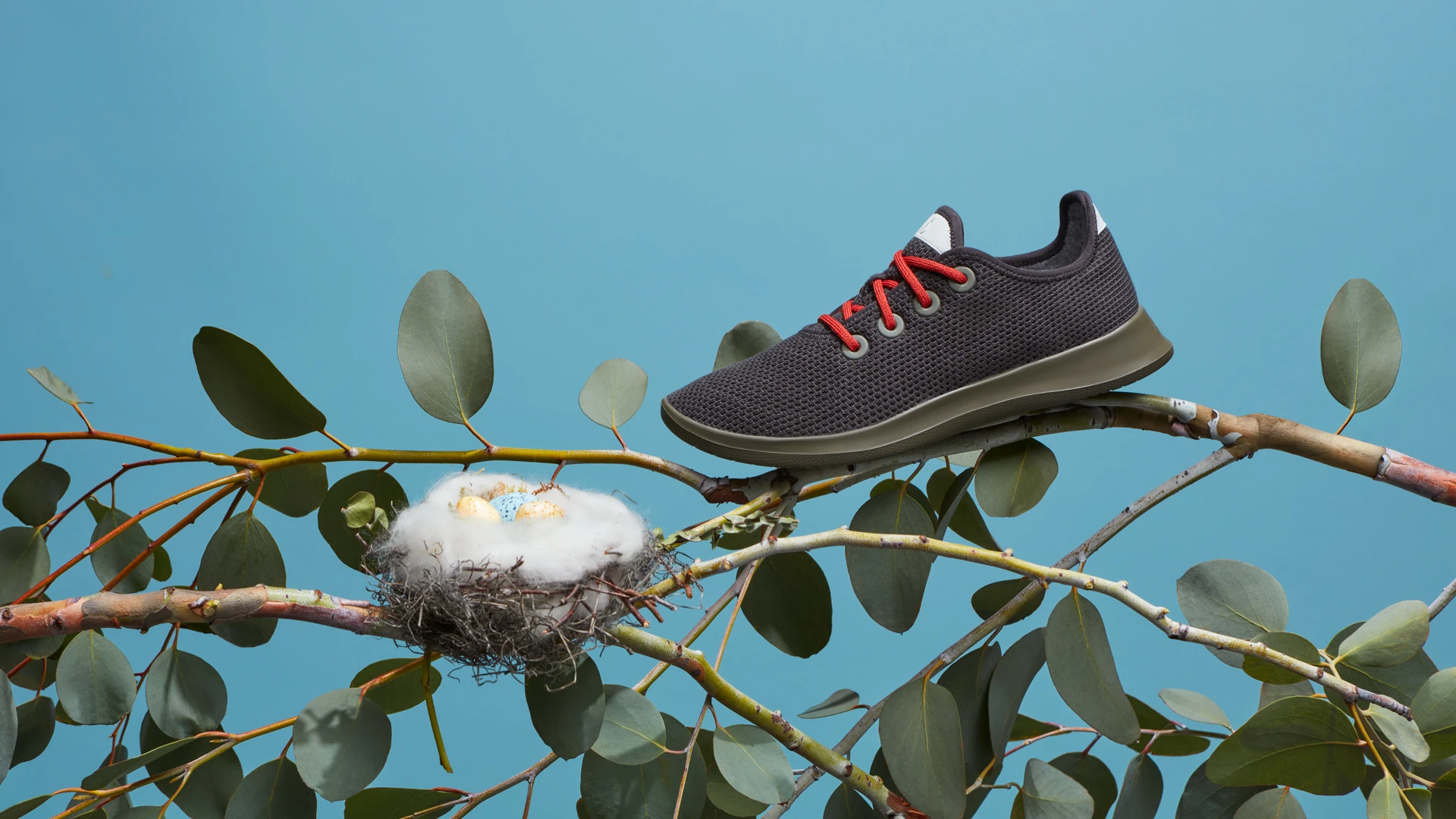
A model for rethinking fashion’s impact
Allbirds’ founders chartered their company as a B Corp, an ethical business certification, and listed the public benefit as environmental conservation. “This means that we are equally responsible to our shareholders as we are to the planet,” Zwillinger says. From the start, the company focused on making their products with largely renewable and biodegradable materials, like wool and eucalyptus, but it’s only now, about three years later, that the company is close to achieving carbon neutrality. Earlier this year, the company began rigorously quantifying its own carbon footprint and now taxes itself through its own Carbon Fund, which supports tree planting, air purification that extracts greenhouse gases from the atmosphere, and clean energy projects.
Zwillinger explains that in the absence of government regulation, brands that want to be sustainable can and should tax themselves for their carbon usage. A plan like the Green New Deal would tackle the problem in a much broader, all-encompassing way, including investing in technology that would spur clean manufacturing in the United States and expanding renewable energy. Zwillinger is confident that Americans will eventually come to their senses and push for a sweeping transformation of the economy, but until that time comes, businesses don’t have to stay static. They can self-regulate. “If the government charged businesses for every bit of carbon pollution out of a smokestack, businesses would innovate and bring their pollution levels down to zero,” he says. “But that’s not what happens. When businesses pollute, they don’t pay for the consequences, which means society pays for them in some way. If businesses offset their own carbon footprint, this problem would not exist.”
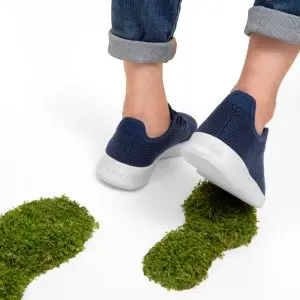
As they do this, they are bringing their customers along with them by explaining their ethical practices. There are many hurdles in the way of the fashion industry’s efforts to avert the climate disaster, from accurately calculating their carbon emissions to communicating complex carbon offsetting policies to customers. But the work started by smaller brands is now helping accelerate the pace of change in the industry and putting pressure on larger fashion corporations to set more ambitious goals around climate and labor ethics. As the Green New Deal makes clear, this is work that needs to happen.

Fashion and sustainability: an evolving story
For a long time, founders of fashion brands assumed that consumers didn’t really care about sustainability. When Yael Aflalo launched Reformation in 2009, she was singularly focused on creating clothes with a low environmental footprint, from using leftover fabrics to reducing water consumption to carefully tracking the carbon emissions generated by each garment. But at launch, her PR agency explained to her that sustainable manufacturing would not “resonate with fashion consumers.”
Zwillinger felt the same way when he launched Allbirds, particularly after speaking to founders of other sustainable brands like Method, who had found that consumers were not interested—or willing to pay a premium—for more eco-friendly products. Instead, Allbirds led with a message of comfort. “We didn’t believe that sustainability sells shoes,” he says. “We decided the best way to sell product was to focus on an attribute that affects the customer when they put it on and leave altruism out of it. For the moment.”

All of this is great news for eco-friendly fashion labels. But many of these brands find that it is much harder for them to talk about how they are actually contending with climate change and carbon emissions, than promoting their eco-friendly approaches. They’ve found it challenging to communicate how they are mitigating their carbon footprint because it is a complex, amorphous process. And this is a problem, because if customers don’t understand how fashion labels are tackling climate change, they will not put pressure on the industry as a whole to make this a priority.
Allbirds discusses its materials–like its sustainably sourced wool and its use of renewable resources like eucalyptus and sugar–because these things are more tangible to the consumer. Everlane, for its part, has devoted a lot of energy to eradicating plastic from its supply chain. This summer, a spate of brands from Athleta to Madewell to Reformation to Outdoor Voices debuted swimwear lines made from recycled plastic with extensive marketing campaigns describing the problem of plastic pollution. Alison Melville, who heads up Everlane’s footwear and accessories division, says that it has been much easier to talk about anti-plastic efforts than carbon mitigation efforts. “Plastic is something the customer can touch in their product,” says Melville. “They can’t see a product’s carbon footprint, so it’s less visceral for them.”

Confronting carbon emissions head-on
To get customers to care about the bigger picture of climate change, startups have had to get creative in how they address it. One way they’ve done this is to participate in climate mitigation efforts that directly affect their product. For instance, when Everlane launched a carbon-neutral leather sneaker, it created an entirely new sub-brand called Tread so that it could describe in detail how it calculated the exact footprint of the shoe (all the way down to the cattle farms) to investing in carbon offset projects specifically devoted to cattle grazing on American grasslands. “There’s a whole host of carbon offset projects to choose from now, but we chose cattle-related ones, rather than, say, tree planting, so that customers could see how it was related to their shoe,” Melville told Fast Company when the sneaker launched.
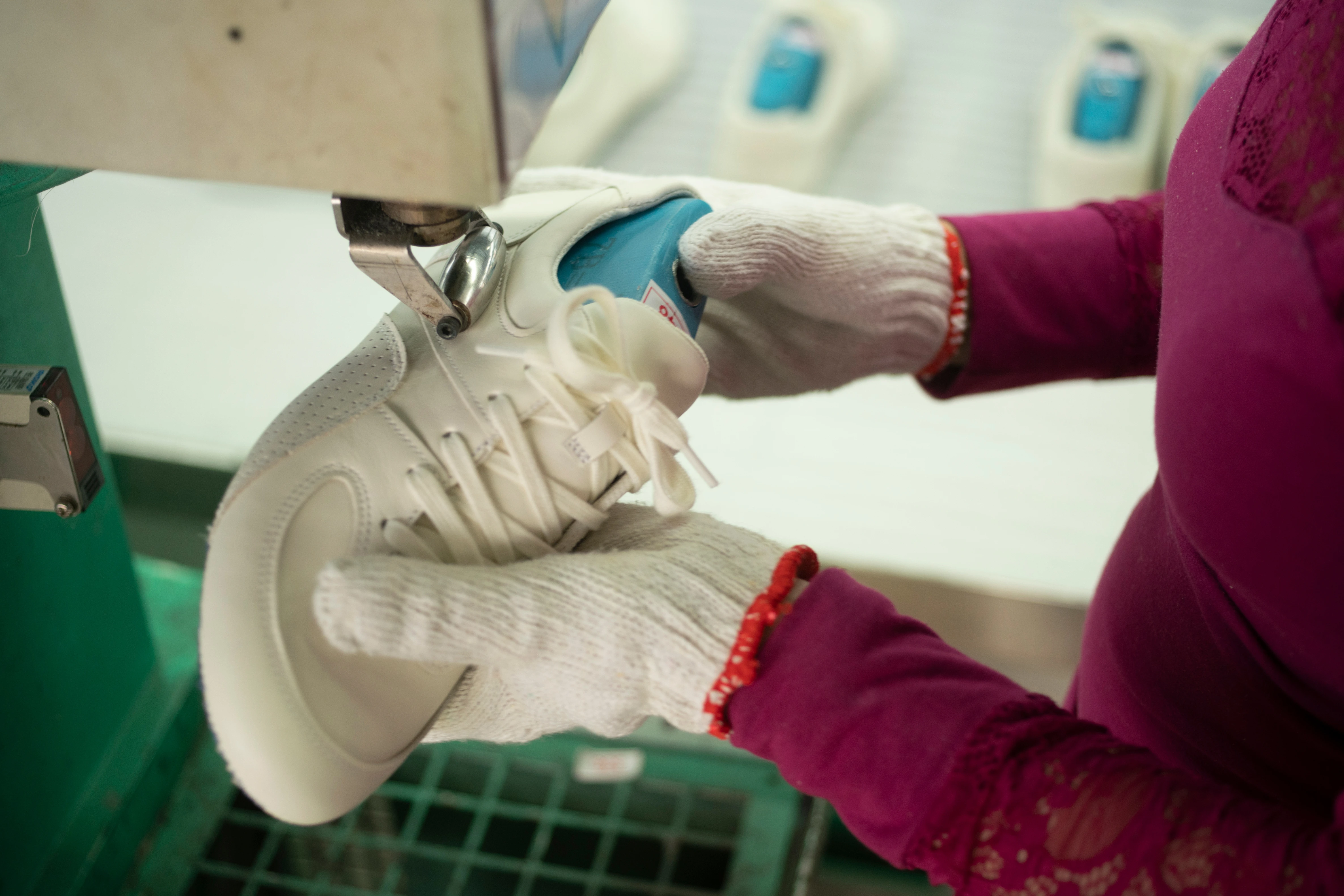
Before they can do this, the brands need to be able to track their own impact. Reformation, which has been climate conscious from the beginning, has internal tools to calculate the impact of each product. “We have created a system that allows us to input details about a garment to identify how much carbon was emitted through the manufacturing process,” says Kathleen Talbot, Reformation’s head of sustainability. Right now, with the help of a third party with expertise in calculating carbon emissions, it is possible to get a good sense of a brand or a product’s footprint.
Allbirds, for its part, recently tracked its entire carbon footprint as a company using a third-party firm, which was so comprehensive that it included an assessment of how much carbon is emitted when an employee takes the bus to work. It now offsets each unit of carbon produced. But it’s worth noting that offsets are not a fix-all for the climate problem. Some experts argue that these programs rely on fuzzy math, so they don’t effectively neutralize a carbon. And others make the case that they might actually give brands, and individuals, a license to use more carbon since they can just pay for it.
Zwillinger doesn’t agree. He makes the case that if a company builds carbon offsetting central to their business, it becomes another overhead expense–and this will incentivize that company to reduce their emissions as much as possible to keep this cost as low as possible. This is why Allbirds sneakers have among the lowest carbon footprints in the entire footwear industry. Zwillinger says that each pair of sneakers produces an average of 10 kg of carbon, which is tiny compared to the industry average. (Everlane is very conscious of its carbon emissions and the Tread sneaker still generates 28.9kg.) In other words, carbon offsetting is not meant to be an end in itself: It’s a starting point to force fashion brands to keep innovating so that they don’t generate as much carbon in the first place. Whether offsets will be allowed in a prospective Green New Deal itself is still up in the air, and a subject of some debate. A massive climate reduction commitment passed by New York in June 2019 allows the state to make up to 15% of its carbon reductions via offsets.
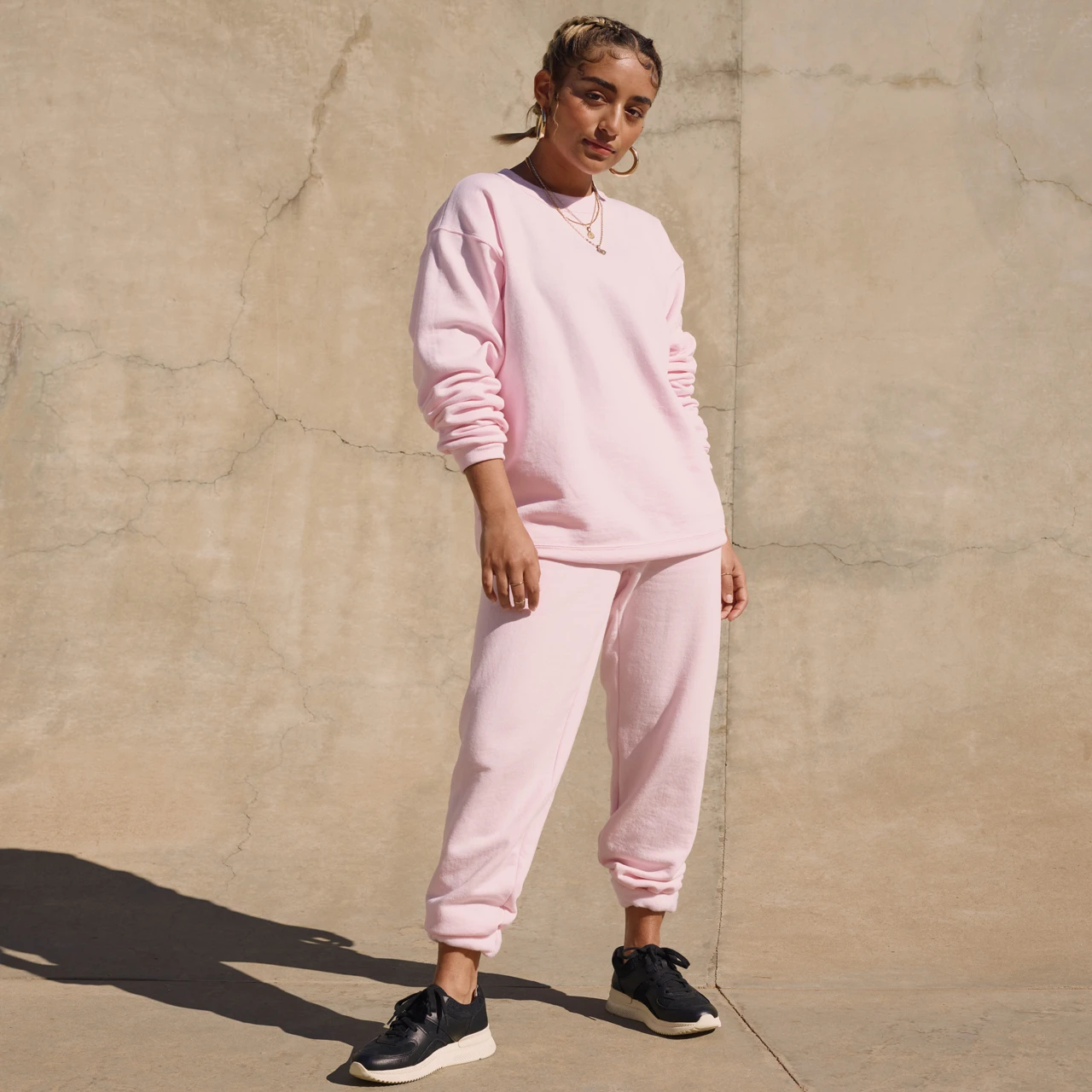
Putting pressure on fashion giants
Many of the larger fashion corporations have the means to do extensive analyses of their carbon footprints, but it can be much harder for them to reduce their carbon footprint because they have much bigger and more complex supply chains. Doing so would involve making efforts to reduce carbon emissions at each step of product development and production—like fundamentally altering their manufacturing logistics to cut down on shipping, or getting factories throughout their network to use renewable energy. And if they were to pay to offset their carbon footprint, this would change their profit and loss calculations. If the company happened to be public, this would present issues for shareholders.
But nevertheless, a shift toward sustainability does appear to be happening. The Global Fashion Agenda’s report has found that many of the largest brands in the fashion industry are making big strides to use better materials and develop ways of recycling their products. And many are trying to mitigate their carbon impact. Much like smaller, eco-friendly startups, these large companies struggle to communicate their efforts to deal with climate change, often focusing on sustainability initiatives that are easier to understand. American Eagle (a $4 billion brand), for instance, made a big splash with its new denim recycling program, and Nike (a $36.5 billion brand) describes cool new sustainable materials, like Flyleather, which is made from 50% reclaimed leather.
But these companies are also taking measures to reduce their carbon footprint. American Eagle launched a “Greenhouse Gas Inventory Program” in 2012 to track its emissions. The company tells me it managed to reduce its carbon emissions at its offices, distribution and data centers, and retail stores by 32% between 2013 and 2017 by relying on more renewable energy and more efficient lighting, heating, and cooling systems. The company is about to issue new reduction goals for its operations and global supply chain. Nike is working to rely entirely on carbon free renewable energy in all owned and operated facilities in North America and Europe by 2020, which will allow it to reach 75% renewable energy globally.
These are all admirable goals, but many experts worry that the pace of improvement is not keeping up with the industry’s growth—both from an environmental and ethical standpoint. The current global fashion industry generates $1.9 trillion in revenue and is expected to grow 5% annually for the foreseeable future. Big fashion’s supply chains are huge and dispersed, and labor exploitation is common along them. The Green New Deal recommends that industries work to bring more well-paying manufacturing jobs to the U.S. (as brands like Reformation have done), but larger brands are lagging on that front, just as their progress on reining in emissions has been slower. “[F]ashion companies are not implementing sustainable solutions fast enough to counterbalance the negative environmental and social impacts of the rapidly growing fashion industry,” reads the Global Fashion Agenda’s report. “[I]f the industry does not implement changes at a faster rate, it will not be able to . . . meet the Paris Agreement (to limit the global temperature increase to 1.5° C). Companies must push harder, with more focused and coordinated efforts, to overcome technological and economic limitations that hinder progress.”
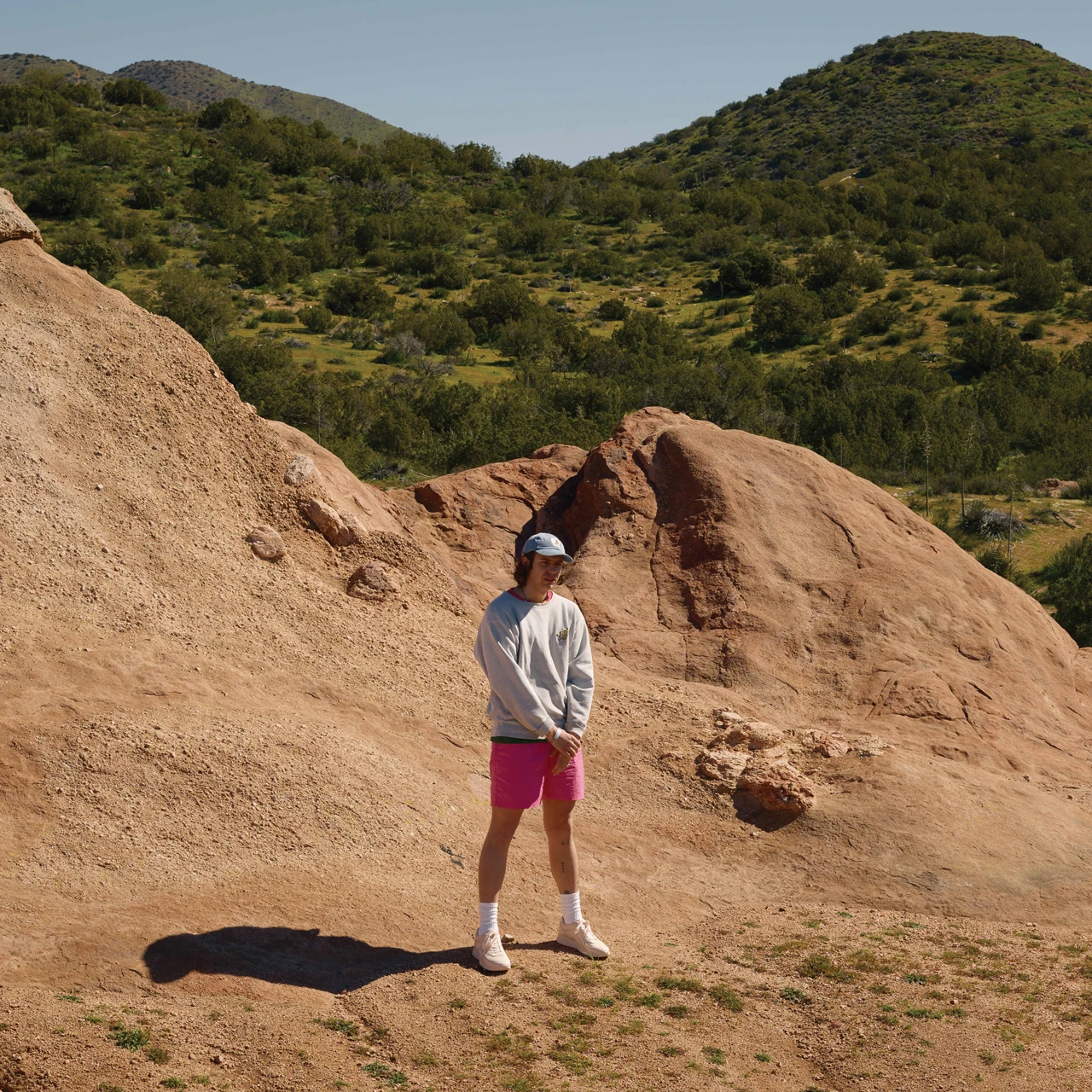
If fashion can do it, so can other industries
In the face of these odds, it’s easy to lose hope. And because the fashion sector produces less than a tenth of the world’s greenhouse emissions—sectors like transportation, electricity, and agriculture are by far the largest contributors to climate change, according to the Environmental Protection Agency—solving it will make only a small dent in the larger problem.
Yet, industry leaders are optimistic about whether fashion—and industry more broadly—could rise to the challenge of saving the planet from a climate apocalypse. Hana Kajimura studied environmental science at Stanford before becoming Allbirds’ head of sustainability. She is familiar with the instruments at the world’s disposal to tackle climate change, and believes that humans could, if we wanted, make this a problem of the past. “We have all the technology solutions to figure this out,” she says. “What we’re lacking is willpower.”
Kajimura believes the fashion industry can play an important role. She believes that it is hard for the average person to wrap their heads around something as vast and as intangible as climate change. But the fashion industry is all about storytelling, self-expression, and intimate objects we wear on our bodies. If brands made a concerted effort to leverage all of these tools towards educating people about the carbon footprint and ethical impacts of their purchases, the fashion industry could have an outsized impact in shifting the conversation. “Fashion is well-positioned to drum up some of this willpower because these are emotional purchases,” says Kajimura. “These are things that people derive joy from and interact with everyday. We can help tell the story about climate change and bring people into the fold.”
Zwillinger agrees with Kajimura, but he also believes that we really have no choice but to be optimistic in the face of this impending disaster. “The alternative is essentially apocalyptic,” he says.
Recognize your brand’s excellence by applying to this year’s Brands That Matter Awards before the early-rate deadline, May 3.
